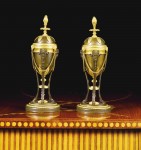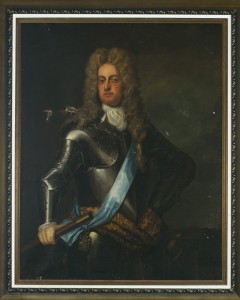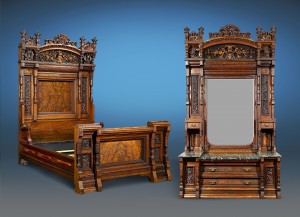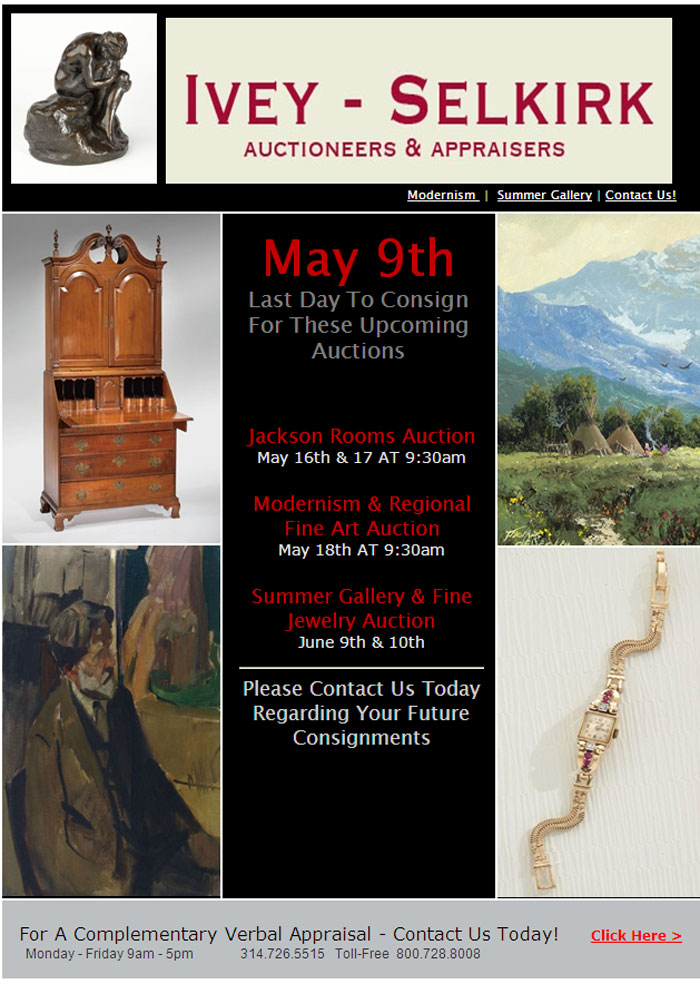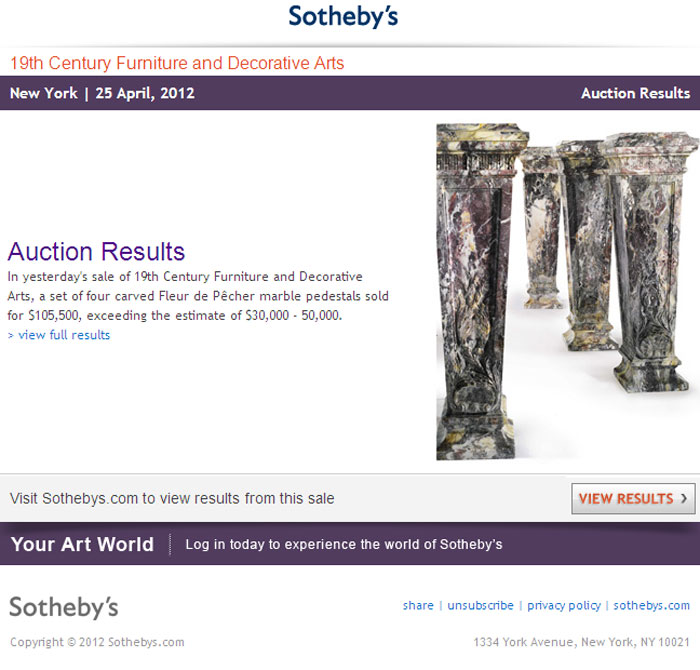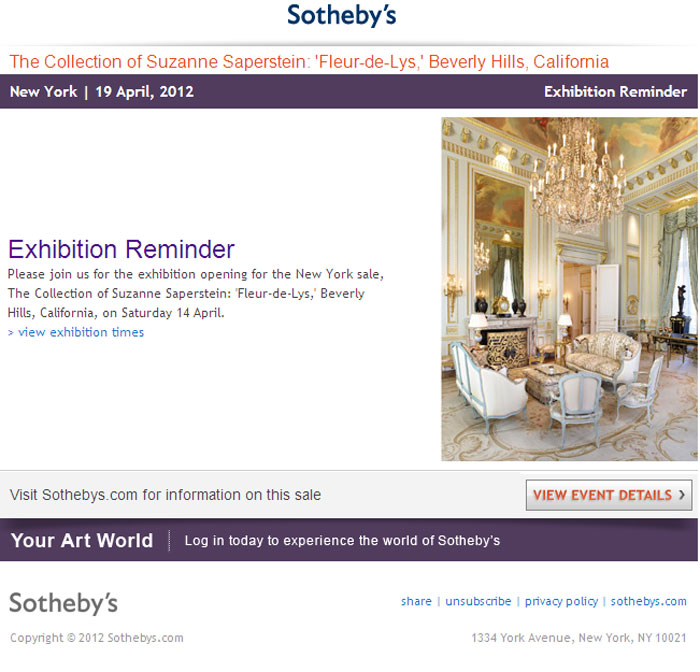“Brownrigg Interiors is one of the best antique shops outside London” according to the Tattler magazine. Brownrigg Interiors has been the subject of many press and magazine articles in Britain such as the The World of Interiors, The Times, The Telegraph, Homes and Gardens and many more.
Brownrigg Interiors and antiques shop is based at Tetbury in Gloucestershire, England with other showrooms in London and Petworth, West Sussex. At Brownrigg Interiors, they specialize in French antiques and French antique furniture and also offer a good range of other antiques from Europe. Their French antiques are sourced from all over France and England… be it cities like London, Paris, Limoges, Bristol, Rouen, Marseille, Tours and the Loire Valley region of France.
Antiques buyers in the UK are particularly keen on French antique tables of the refectory table shape. French farmhouse tables or French refectory tables of fruitwood and other woods are especially suited to the modern trend for abandoning the dining room in favour of larger dining areas in the kitchen where the large kitchen dining tables used in France (French Farm house tables) fit the requirement so perfectly. Types of wood used in French farm house tables varies between the general description of fruitwood to cherry, walnut, pine and even rosewood.
Complimentary to such large refectory tables are French breakfast tables, console tables and other French tables such as French marble top tables, round tables, sofa tables, antique console tables and even French dressing tables.
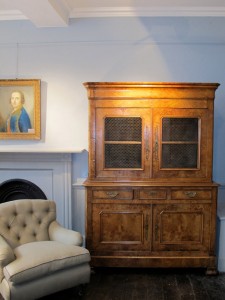 Another very popular item is the French Armoire. These are large antique wardrobes or cabinets, originally used for storing weapons but are now used as bedroom antique wardrobes and cupboards. Often these French Armoires are made from walnut and feature pleasing carvings.
Another very popular item is the French Armoire. These are large antique wardrobes or cabinets, originally used for storing weapons but are now used as bedroom antique wardrobes and cupboards. Often these French Armoires are made from walnut and feature pleasing carvings.
Another interesting item under the French Antique banner is the commode. Originally, in French furniture, a commode introduced about 1700 meant a low cabinet, or chest of drawers at the height of the dado rail. A commode, gilt-bronze mounts, was a piece of case furniture much wider than it was high, raised on high or low legs, with or without enclosing drawers. This piece of furniture would be accompanied by a marble slab top selected to match the marble of the chimneypiece. A commode occupied a prominent position in the room for which it was intended: it stood against the pier between the windows in which case it would often be surmounted by a mirror glass. A pair of identical commodes would flank the chimneypiece or occupy the centre of each end wall. Before the mid-eighteenth century the commode had become such a necessary commodity that it might be made in menuiserie, of solid painted oak, or walnut or fruitwoods, with carved decoration, typical of French provincial furniture.
In the English-speaking world, commode passed into London cabinet-makers’ parlance by the mid-eighteenth century, to describe chests of drawers with gracefully curved fronts, and sometimes with shaped sides as well, perceived as being in the “French” taste. Thomas Chippendale employed the term “French Commode Tables,” to describe designs in The Cabinet-Maker and Upholsterer’s Director (1753).
(Interestingly, the term “commode” is also a rurally used colloquial synonym for a toilet in the United States. This word was commonly heard in the 20th century but seems to be falling out of favour and has become uncommon to rare)
Other French antiques offered include chairs such as armchairs & French Fauteuil, French leather chairs, comfortable Louis XVI chairs and sofas. Their French antiques also include a variety of French cabinets and bookcases together with beautiful antique French mirrors and stunning antique lamps.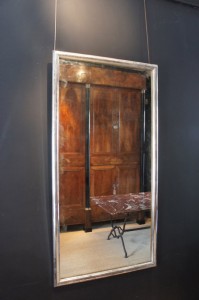
Brownrigg Interiors Antiques offers a comprehensive antiques search service. Contact them if you would like to search for a French Antique that you cannot find on their web site.
If you see an item you like on the web site please check it is at the correct showroom before visiting one of their three antiques showrooms. It is also possible to purchase online and they will ship anywhere in the world!
Check our web site for opening hours (Usually they are Monday to Saturday from 10.30 am – 5.30 pm).
Please contact Jorge Perez at the following email brownrigg@mac.com
For more details visit us at: http://www.brownrigg-interiors.co.uk/

